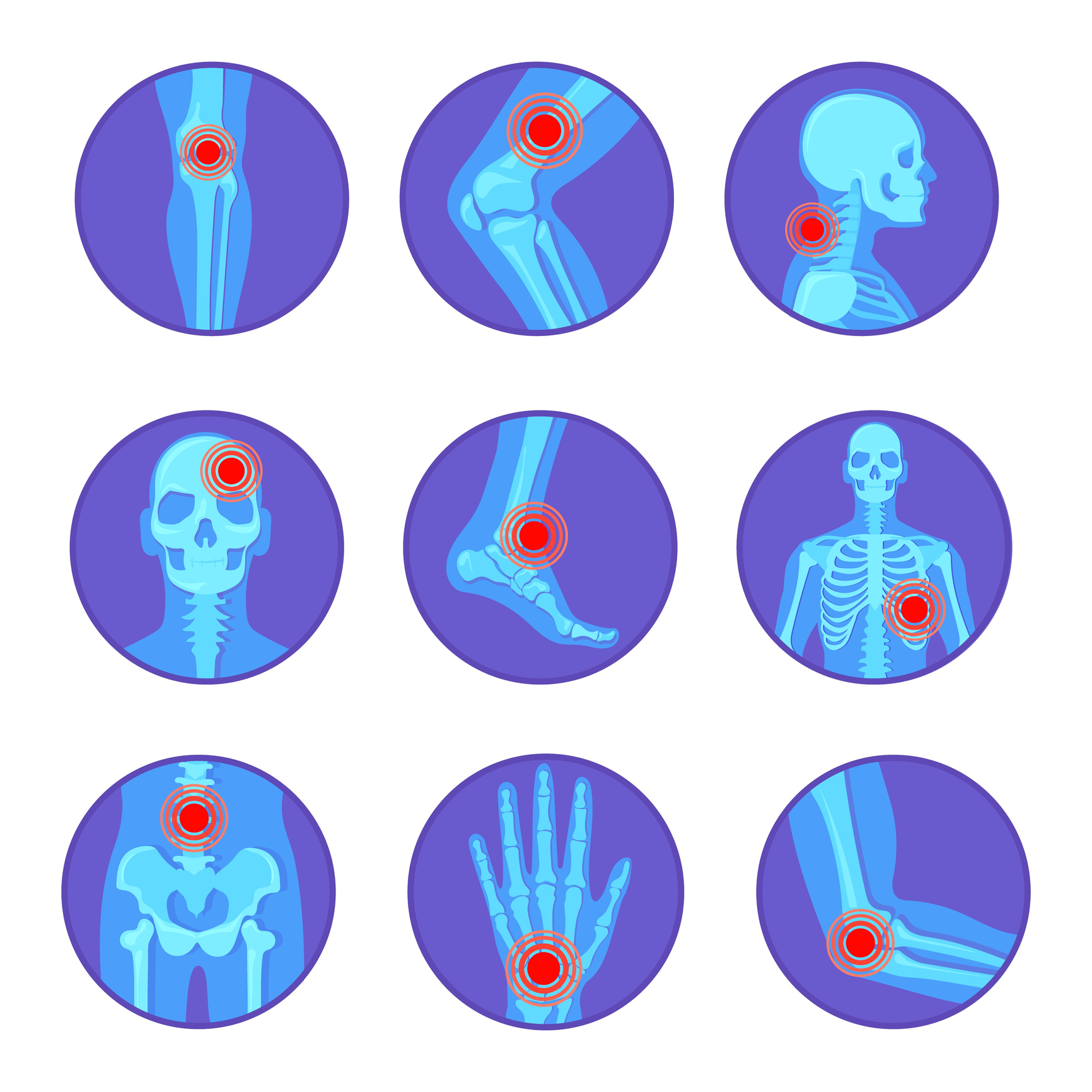To compare frequency of joint and tendon disease on ultrasound (US) and clinical examination (CE), and to investigate agreement between US and CE in ankles with clinically active juvenile idiopathic arthritis (JIA).
US and CE were performed independently in the joint and tendon compartments of 105 ankles. Grey-scale (GS) US and power Doppler (PD) US joint abnormalities were scored on a 4-point semiquantitative scale. A joint with a GS score ≥ 2 and/or a PD score ≥ 1 was defined active on US. Agreement was tested using kappa statistics.
A total of 163 joints in 89 ankles had active synovitis on US. The tibiotalar joint (TTJ) was the most commonly affected joint on US and on CE. The intertarsal-joint (ITJ) and the subtalar joint (STJ) were the second in frequency on US and on CE, respectively. Tenosynovitis was found more commonly on US than on CE (70.5% and 32.4%, respectively), and was more frequent in the medial and lateral than in the anterior tendon compartment. Isolated tenosynovitis was detected on US in 12/105 ankles. Agreement between US and CE for detection of active synovitis and tenosynovitis was less than acceptable (k<0.4). No correlation was found between any feature of active disease recorded on CE (joint swelling, tenderness/pain on motion and restricted motion) and active synovitis on US in the TTJ, STJ and ITJ.
Coupling CE with US aids to localize correctly pathology. US training of practitioners is recommended to manage ankle disease in JIA.
This article is protected by copyright. All rights reserved.
Comparison between clinical and ultrasound assessment of the ankle region in juvenile idiopathic arthritis.


